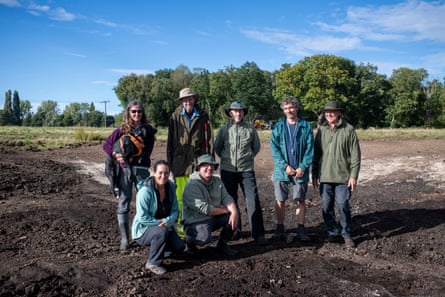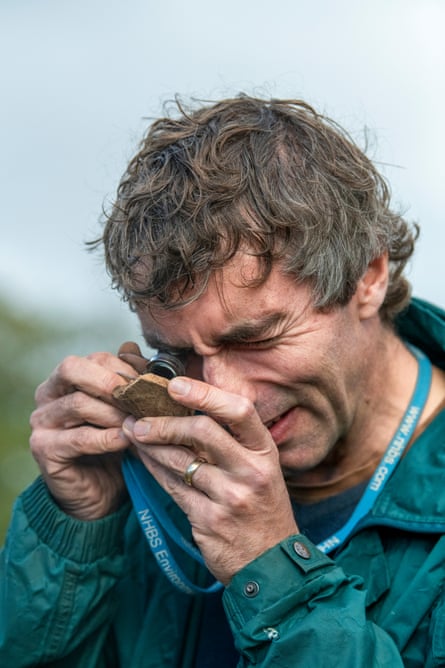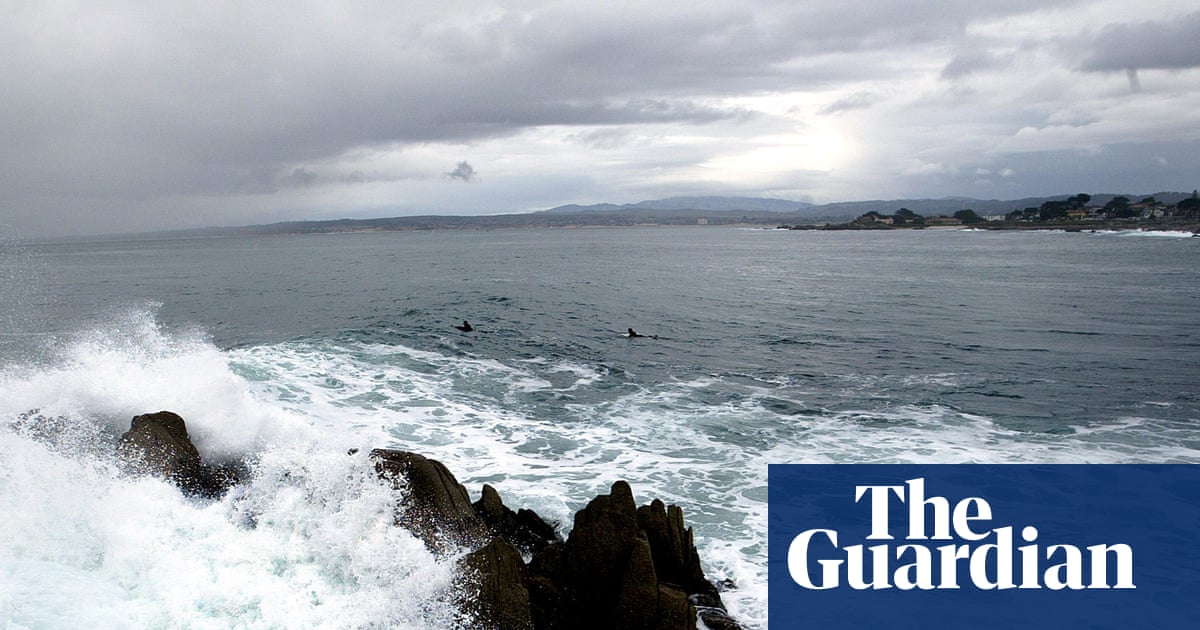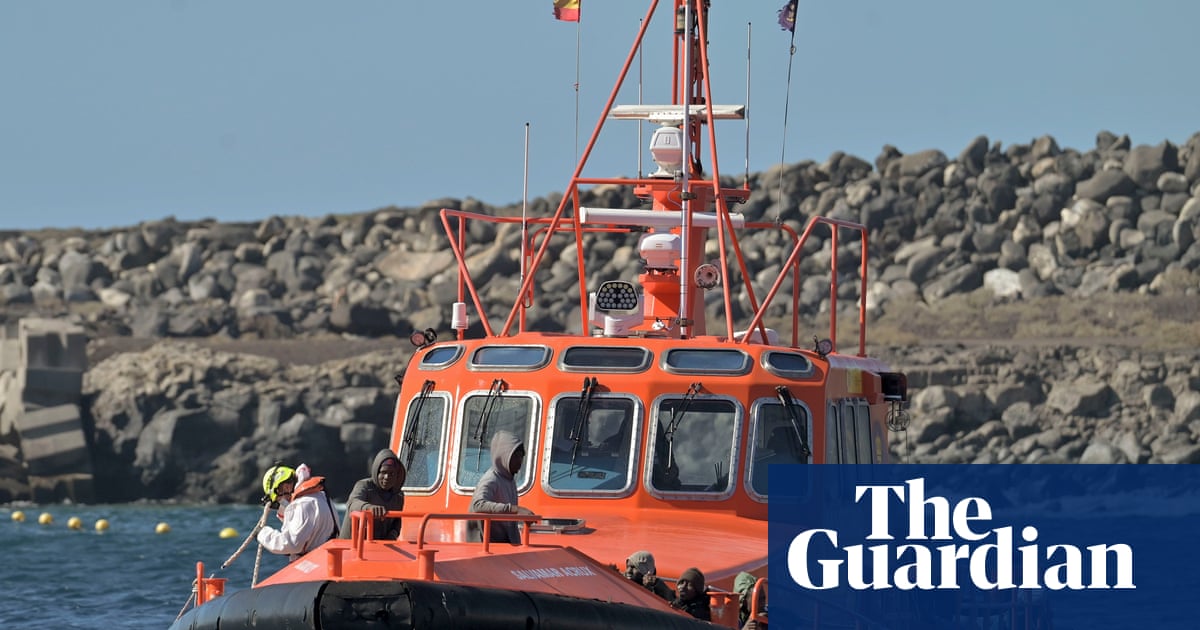If you glanced into a green field and saw a yellow digger tearing into the turf, you might assume it was another site for new houses. But the two circle-shaped scars of dark soil on a Norfolk pasture are ghost ponds being brought back to life by an innovative and cheap form of nature restoration.
“It looks awful now. ‘What have they done? It’s a disaster!’” says Carl Sayer, a professor of geography at UCL, who is dancing with glee around the bleak-looking, freshly dug hole. “The colonisation is so quick. Within a year, it is full of water plants. Within two years, it looks like it’s been there forever. It’s a spectacular recovery, and you’re truly recovering ancient assemblages of plants.”

The two ponds returning on farmland are the 25th and 26th ice age ponds to be restored by Sayer’s team of academics, volunteers and an enthusiastic digger driver in the Brecks, a hotspot for ancient ponds and “pingos” formed by ice-melt 10,000 years ago.
Over the past two centuries, thousands of such ponds have been filled in as land was drained and “improved” for crops.
So far, most of the 26 ponds have been revived on land bought by Norfolk Wildlife Trust, which has supported the restoration effort with funding from the National Lottery Heritage Fund’s Brecks Fen Edge and Rivers landscape partnership scheme.
But the latest two ponds have been dug out thanks to a Norfolk farmer, who is one of an increasing number of private landowners reviving ghost and “zombie” ponds.
New surveys by Sayer’s team have revealed that 22 of the ghost ponds restored since 2022 now support 136 species of wetland plant. This represents 70% of the wetland flora found in more than 400 ponds on Norfolk Wildlife Trust’s Thompson Common, an internationally important nature reserve whose ponds have survived since the ice age.
The resurrected ponds include rare species lost from the surviving ponds, such as various-leaved pondweed, which is only found on one other site in Norfolk.
The magic, Sayer points out, lies in a layer of distinctively dark soil, which his team carefully reveals.

This peat-like sediment is the old bottom of the pond, formed from centuries of decaying aquatic plants, and it is still full of seeds.
“It’s a perfect time capsule,” says Sayer. “It’s dark, moist, cool and anoxic – there’s no oxygen. This is nature’s emergency recovery mechanism. We’ve buggered almost everything up but this will still bring them back.”
One of the pond restorers, Hayley McMechan, is working on a germination trial for her PhD. Sediment of different antiquities from these ghost ponds is being monitored in tanks at Kew Gardens’ seed bank at Wakehurst. It is likely some seeds older than 1,000 years old can still spring to life.
“It shows you the resilience of nature – that seeds have evolved to last that long,” says McMechan. “It’s not rewilding, it’s not restoration, it’s resurrection. If you want to recreate a woodland you’ve got to plan it and plant your own trees. Here, a human can’t get it wrong – it’s all ready to go, like an instant cake mix – just add water.”
Resurrecting a pond begins with Prof Helene Burningham, a colleague of Sayer’s in the UCL geography department, studying old maps. Many small ponds are missed off maps but old field names sometimes provide clues. Lidar (light detection and ranging) is also used to identify depressions in the land, while satellite imagery can reveal former pond sites which often show up as a circle of green – still having a higher moisture content – during dry summers such as this one.
On site, the team start by using an auger to drill down to confirm the bottom of the ghost pond, a soil layer also characterised by white fragments of pond snail shells which have a more pointed whorl than land snails.
Then a straight trench is dug to find where the sediment is deepest, which reveals the centre of the pond. “The middle is never where you think it is but careful digging will find the centre and then you work out from there,” says Sayer.
A second trench is dug across the first to form a cross of trenches, which helps identify the exact dimensions of the pond.
The digger then takes over but it is precision work to create the gently declining natural edges of the pond, rather than steps or shelves, and being careful not to dig below the seed layer.
“When we get to the right level we can leave it to Dale the digger driver,” says Sayer. “He is truly brilliant.”

Digging out a pond takes a long day but Dale Garnham “absolutely loves” this unusual task. “This is my favourite sort of work, I just hope it really kicks off. On a building site, you dig a hole, put a pipe in and cover it up. So it’s nice to come back here and see what you’ve done and how it progresses.”
As Garnham skilfully scrapes off the top soil, volunteers identify treasures beneath. Volunteer Dan Hoare finds a pristine shell of a banded river snail which probably lived in Roman times. Another volunteer identifies a shard of Roman pottery and late neolithic “pot boilers” – charred flints heated in a fire to boil water. “Wetlands were a place where people needed to be,” says Sayer.
The only thing they are not pleased to find is an old section of plastic drain. The digger will follow the drain – installed during agricultural improvements in the 1980s – breaking it up. “Any pipes we find are smashed. We don’t want water draining away but we don’t want water to drain in either,” says Sayer.
Once the ponds are filled naturally with clean rainwater, they are rapidly colonised. Some sceptics have suggested the plants are not from ancient seeds but are brought in by waterbirds. But Sayer points to not only unique rare plants in the restored ponds not found anywhere nearby but the sheer quantity of new plants. “All this cannot come in so fast on a duck’s bottom,” he says.
Despite them not being connected to any other waterways, the ninespine stickleback fish has also rapidly returned to the ghost ponds.
“We’ve no idea how it got there. There is no biological mechanism that would do it without a hydrological connection.” Could solving that conundrum be another PhD? “We want a few mysteries like this. Keeps me in a job,” says Sayer.
According to Sayer, pond restoration provides a huge nature boost for a modest sum of money, much less than it costs to restore a meadow or ancient woodland.
He and his team of volunteers can excavate a pond in a day for about £2,000, with the main expenses being hiring a digger, a dumper and a skilled digger driver.
“Landowners are keen to do it – the only barrier is funding,” says Sayer. “Millions go into river restoration but they are so hard to fix. Restoring a pond has a small footprint and a massive impact. So many wetlands have been filled in. You could take what we’re doing here and spread it everywhere.
“I’ll never be involved in anything so important. It’s the ecological restoration you dream of.”

 3 months ago
52
3 months ago
52

















































